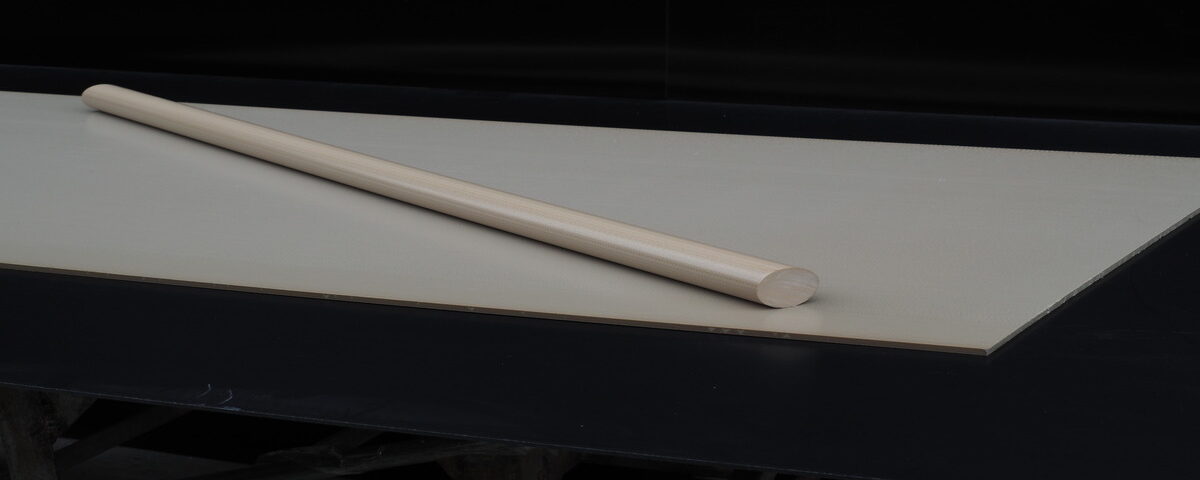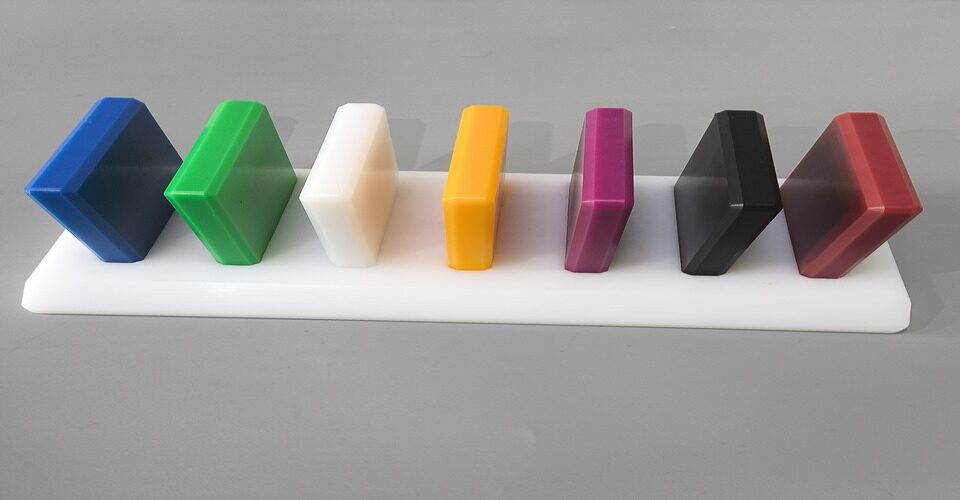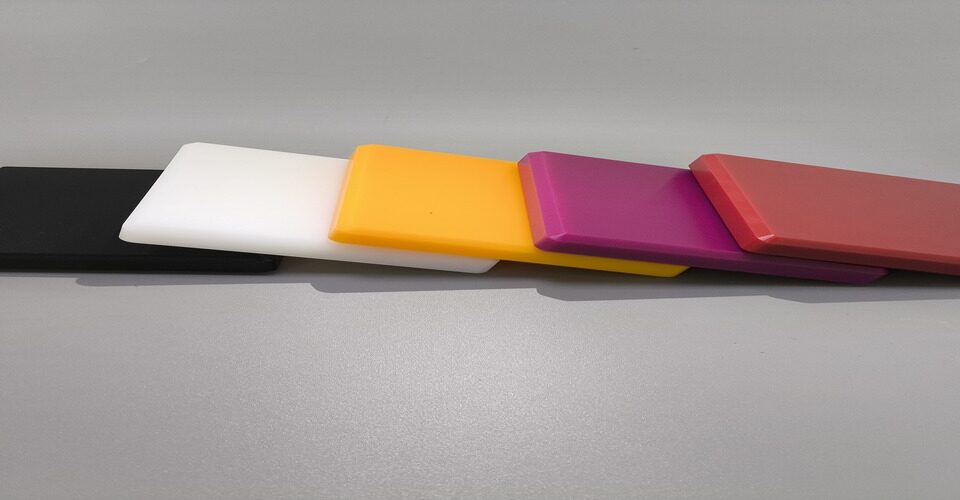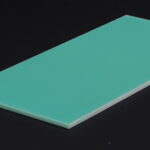
What is G-10 FR4 material?
January 10, 2025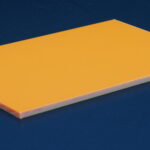
Is Bakelite a metal, ceramic, or polymer?
January 10, 2025Polyether ether ketone (PEEK) is a high-performance thermoplastic known for its exceptional mechanical properties, chemical resistance, and thermal stability. When machining PEEK plastic, specific materials and tools are required to achieve precise results while preserving the integrity of the material.
Cutting Tools for Machining PEEK
The primary material used for machining PEEK plastic is high-quality, carbide-based cutting tools. Carbide is chosen because it is extremely hard and durable, which allows it to maintain sharpness during the machining process. Carbide tools, such as end mills, drills, and inserts, are able to cut through PEEK effectively while minimizing heat generation and tool wear.
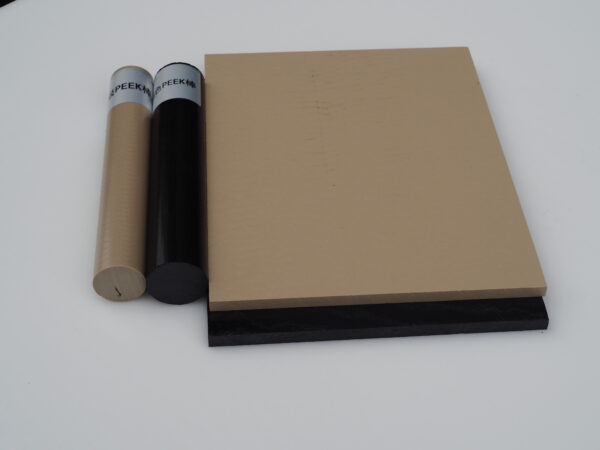
Tool Coatings for PEEK Machining
In some cases, specialized coatings are applied to cutting tools to improve performance when machining PEEK. Coatings like titanium nitride (TiN) or diamond-like carbon (DLC) are often used to reduce friction, extend tool life, and enhance cutting efficiency. These coatings are especially important when working with high-speed machining processes or when machining larger volumes of PEEK material.
Coolants and Lubricants
While PEEK plastic is known for its heat resistance, the machining process still generates heat, which can cause thermal degradation or excessive tool wear. To mitigate this, coolants and lubricants are often used during machining. Water-soluble coolants or synthetic lubricants help to reduce the temperature at the cutting interface and improve the surface finish of the machined PEEK component.
Machining Equipment for PEEK
CNC (computer numerical control) machines are typically employed for machining PEEK plastic. These machines provide the precision needed for complex shapes and fine tolerances, which are essential when working with high-performance materials like PEEK.


